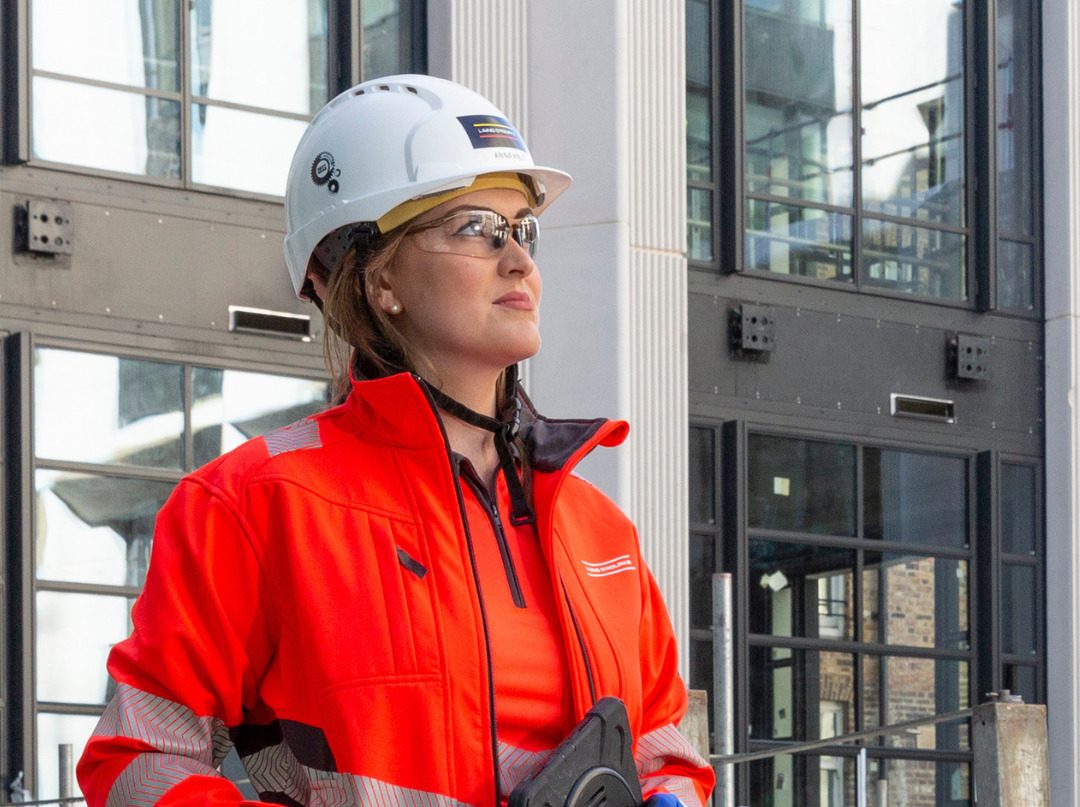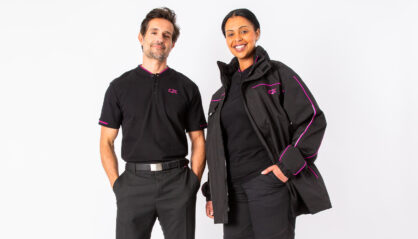How Women’s Workwear Is Growing

As women prove their capability and versatility across all industries and sectors, we are seeing an increase in the need to cater for different body types. In a working world previously dominated by men, many of the current workwear creations are naturally tailored to their design. This, however, hinders women’s safety and inclusivity in the workplace. The current growth in women’s workwear is a shift in the right direction when welcoming women into positions of power, from higher corporate roles to heavy duty construction jobs.
From the challenges and opportunities, to current rising trends in women’s workwear, Jermyn Street Design will explore the growth of this clothing sector.
A market which keeps growing
Between 2022 and 2027, women’s workwear is expected to see the same growth trend – allowing this sector of clothing to expand exponentially as it has done for the previous five years. In Germany, the nation with the largest workwear economy in 2020, women’s workwear has seen a 5.2% growth increase.
In some countries, women’s workwear has actually enjoyed a larger growth than that of the men’s equivalent, which has historically taken precedence. This has been the case in the Netherlands, with women’s workwear seeing an increase of 19.2%, whereas men’s workwear had only seen an uptick of 11.2% between 2015 and 2020.
And in other countries, women’s workwear has continued to grow while men’s workwear is actually declining – shifting the balance between the two. Belgium’s women’s workwear has seen a growth increase (10.5%), whereas the men’s range had a drop off of -2.2%.
Why women’s workwear is expanding
More and more women are now seeking roles in industries they were once stopped from accessing. This includes the construction sector, as well as STEM jobs. This increase has called into question the disparity between men’s and women’s workwear across industries. In fact, movements within industry sectors are now calling for better accessibility to work garments suitable for women workers. For example, female tradies are calling for properly fitting hi-vis jackets as the loose fabric of larget fitting men’s hi-vis is actually dangerous for the jobsite.
Workwear, as with the industries they cater for, has been male-orientated, which has led to 9 out of 10 women finding it difficult to get appropriate protective wear. Having correctly fitted PPE is important for the protection, health and safety of all workers, so the need for dedicated women’s workwear is rising.
What is creating and hindering growth
A shift in the need for workwear
One opportunity hindering the growth of women’s workwear is the recent change in work styles. With the promotion of remote and hybrid working, the need for specific workwear, particularly in corporate roles, is reduced. This could potentially see a decrease in women’s workwear as we become more comfortable with our new working arrangements. Many may be less inclined to spend their money on new work clothing if a large slice of their time is spent working from home.
This shift in work styles and locations has caused many companies to alter their values when it comes to dress codes. In fact, 22% of companies encourage daily casual wear at work – meaning less pressure is placed on employees to adopt workwear, and so this might see women’s workwear take a step back as employees look towards more comfortable and natural means of clothing.
Inclusion
However, as the data from the countries suggests, the women’s workwear market is still growing and this could be because of a need to increase inclusivity within the workplace. As self-expression becomes more apparent within the workforce, we might see clothing shift from men’s and women’s workwear to a more androgynous form of fashion. Clothing may drift from tight, form-fitting designs to more gender-inclusive and customisable fittings.
Industries such as travel have also ventured into this shift in workwear for the diversity, inclusivity, and comfort of their employees. One company leading the way in this initiative is Virgin Atlantic Airlines. Pilot and cabin crew uniforms are no longer prescribed based on birth gender; instead, staff can choose clothing that is more self-expressive and comfortable for them.
Adjusting women’s workwear to be industry-specific
The safety of all workers is crucial for the best business outcome. This includes making adjustments to women’s workwear in order to meet industry-specific regulations. Changes in fabric have been made to make them more breathable, waterproof, and fireproof, for example. As more women step into heavy-duty roles, including construction and emergency sectors, it is important that clothing evolves too. This includes the development of flex and stretch fabrics, which makes working safer and more comfortable, and technology developments which can range in functions from fall protection capabilities to sensor detection.
As more women push into industries such as STEM and construction, companies are looking at the workwear they offer and the safety of the clothing. Men’s workwear cannot be for all and so the desire to fulfil diversity, inclusivity, and comfort within the workplace must start with regulation workwear for women.
As we see women’s workwear grow, and the investments of companies towards boosting women’s workwear, we can expect this sector to grow even further in the next five years.
Sources:
https://www.digitaljournal.com/pr/womens-workwear-market-insights-2022-by-fastest-growing-companies-vf-corporation-fristads-kansas-group-aramark-with-top-countries-data-new-report-spreads-in-112-pages#ixzz7PUK6SePW
https://www.cbi.eu/market-information/apparel/workwear/market-potential
https://www.independent.co.uk/travel/news-and-advice/virgin-atlantic-gender-neutral-uniform-b2177008.html
https://www.theguardian.com/fashion/2022/aug/30/non-binary-finery-can-genderless-fashion-move-beyond-a-label
https://blog.hirenest.com/companies-with-strict-dress-codes-what-to-know/
https://www.dailymail.co.uk/news/article-8008411/Calls-tradie-uniforms-suitable-women-number-females-getting-industry-increase.html





